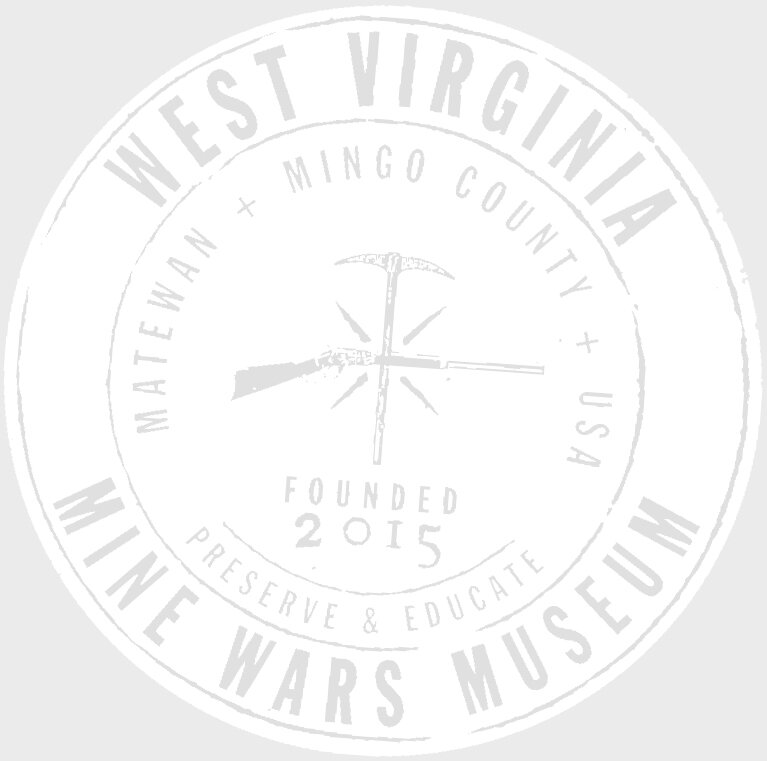As we celebrate Women's History Month, it's essential to shine a spotlight on the often overlooked, but incredibly vital roles that women played in the West Virginia Mine Wars. From the coal camps and tent colonies to the picket lines, and even as nurses and reporters, women were right there in the thick of it, shaping history in profound ways. Unfortunately, their contributions have often been sidelined, buried beneath the weight of an anti-union narrative that dominated for far too long. Plus, the scarcity of sources hasn't helped either, leaving a significant gap in the story. But you know what?
As new sources emerge, it's up to us to make sure these women, who were the backbone of the labor movement in West Virginia, are remembered and celebrated. Let's not forget that while all the Mine Wars were unfolding, women across the U.S. were fighting tooth and nail for the right to vote. The Nineteenth Amendment, securing that right, was ratified while many West Virginia women were still in those tent colonies, fighting for basic rights like freedom of speech and peaceful assembly. Even though these struggles might not have gotten the same spotlight as the suffrage movement, their stories are just as important to remember. So, here's to the trailblazing women who made their mark in the West Virginia Mine Wars and the American Labor Movement at large!
Sarah Blizzard
After being evicted from her company-owned home during an intense coal strike in 1902, she packed up her coal mining family and resettled in Cabin Creek, where she doubled down on her advocacy efforts. During the Paint Creek–Cabin Creek Strike of 1912, Sarah opened up her family's land to the striking miners and stood right there on the front lines, facing down the oppressive forces. And get this—she even led a group of women in sabotaging those railroad tracks used by the Bull Moose Special! She took her fight all the way to Congress, testifying about the injustices plaguing the coal mining community. And get this—her great-grandson? He's none other than Cecil Roberts, the current International President of the United Mine Workers of America!
Maud Estepp
Amidst the backdrop of the Paint Creek and Cabin Creek Strikes, Maud's husband, Cesco Estep, a miner engaged in the strike, fell victim to the brutality unleashed by the coal operators and their allies. On February 7, 1913, the Blue Moose Special train unleashed a hail of gunfire upon the unarmed inhabitants of Cabin Creek, claiming Cesco's life in front of his seven-month pregnant wife, Maud. Stricken with shock, Maud retaliated by firing her husband's gun at the disappearing train. Maud was called as a witness in June of 1913 to give her account of the Bull Moose Special.
Nellie Spinelli
Nellie Spinelli was an Italian immigrant, and her husband, like many others, was recruited to work in West Virginia’s rapidly developing industrial economy. With five children left in the care of her family, Nellie found herself among the men and women captured by the National Guard in Pratt, WV during the Paint Creek and Cabin Creek strike. Despite her familial responsibilities, she was held without charges at a boarding house. While her husband, Rocco Spinelli, was given a five-year sentence, Nellie herself was sentenced to one year for her alleged harassment of replacement workers, a charge rooted in the contentious Red Man Act, a law enacted in 1882 to allow for the prosecutions of night-riding vigilantes who had engaged in “a conspiracy to inflict bodily harm on others.”
Nurses at Blair
While the Battle of Blair Mountain primarily involved armed miners, law enforcement, and strikebreakers, it’s essential to recognize the critical role of healthcare professionals during such conflicts. Unfortunately, specific details about nurses’ involvement during the battle are scarce in historical records. However, we can acknowledge that during any large-scale conflict, including labor uprisings, nurses play a vital role in providing medical care, tending to wounded individuals, and ensuring the well-being of those affected. Their dedication and resilience contribute significantly to maintaining public health and safety.
Mildred Morris
Mildred Morris, a dedicated and accomplished reporter for the Washington Herald, found herself at the forefront of the battle for press freedom during the tumultuous events of September 1921.
Assigned to Logan due to her expertise in industrial affairs, Morris was subjected to violence and indignities by state guards while carrying out her duties. Editor Marlen E. Pew wasted no time in sending a scathing protest to Governor E. F. Morgan of West Virginia, demanding redress for the mistreatment of Morris. Despite weighing a mere 100 pounds, Morris's resilience and commitment to truth-telling shone brightly in the face of adversity. Pew's impassioned plea for justice underscores the importance of defending press freedoms and the constitutional rights of journalists, even in the most challenging of circumstances.
Hazel Jane Dickens
Not only did her music feature her signature high, lonesome singing style, but it also carried poignant pro-union and feminist themes. Embedded in the cause she sang about, Dickens fearlessly stood on picket lines, facing down adversity with unwavering determination. Hazel Dickens used her music to shed light on the struggles of non-unionized mine workers and feminists alike. Her songwriting peered into the lives of miners, with tracks like "Black Lung," inspired by her brother's tragic death, and "Coal Mining Women," and “Don’t Put Her Down, You Helped Put Her There” which highlighted the hardships faced by women in the coal mining world.
Daughters of Mother Jones
In 1989, amidst the turbulent landscape of the southwest Virginia coalfields, a remarkable group of women made their stand against injustice. As miners struck against Pittston Coal Company, 40 courageous women walked into the company's headquarters and refused to budge until a new contract was signed. Occupying the offices for a staggering 36 hours, they identified themselves simply as the Daughters of Mother Jones, invoking the spirit of the legendary labor organizer Mary Harris Jones.
Composed mostly of miners' family members, these women played a pivotal role in organizing support for the strikers, from pickets to acts of civil disobedience. Their actions, including picketing at state headquarters and conducting sit-ins to block coal trucks, garnered national attention and solidarity. With support pouring in from across the nation, the Daughters, along with the UMWA Freedom Fighters, stood steadfast in their fight, cooking meals, organizing, and supporting families throughout the strike. After a year-long battle marked by numerous acts of defiance, the miners emerged victorious, securing a new contract. The Daughters of Mother Jones, alongside countless other women, proved themselves not only as caretakers but as fierce labor activists, drawing on the legacy of resistance to pave the way for justice in their communities.








